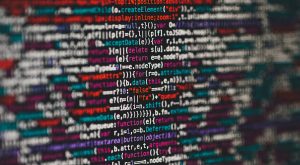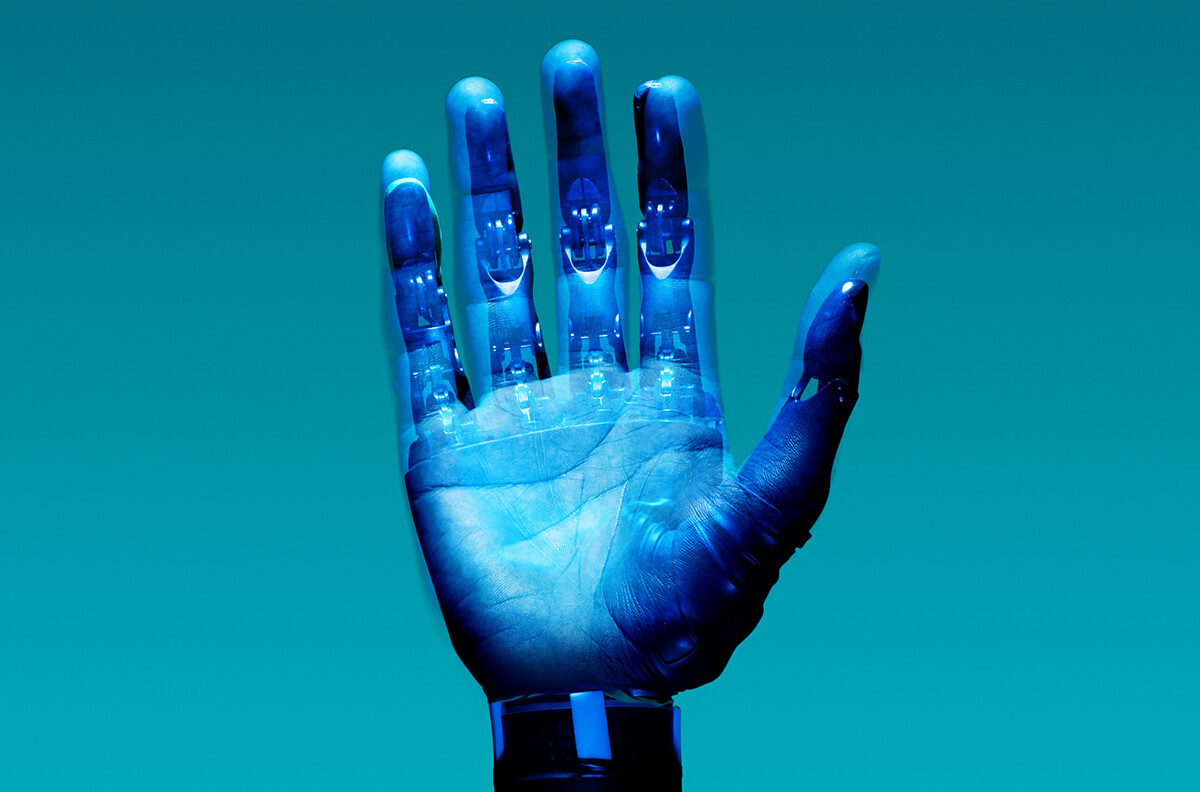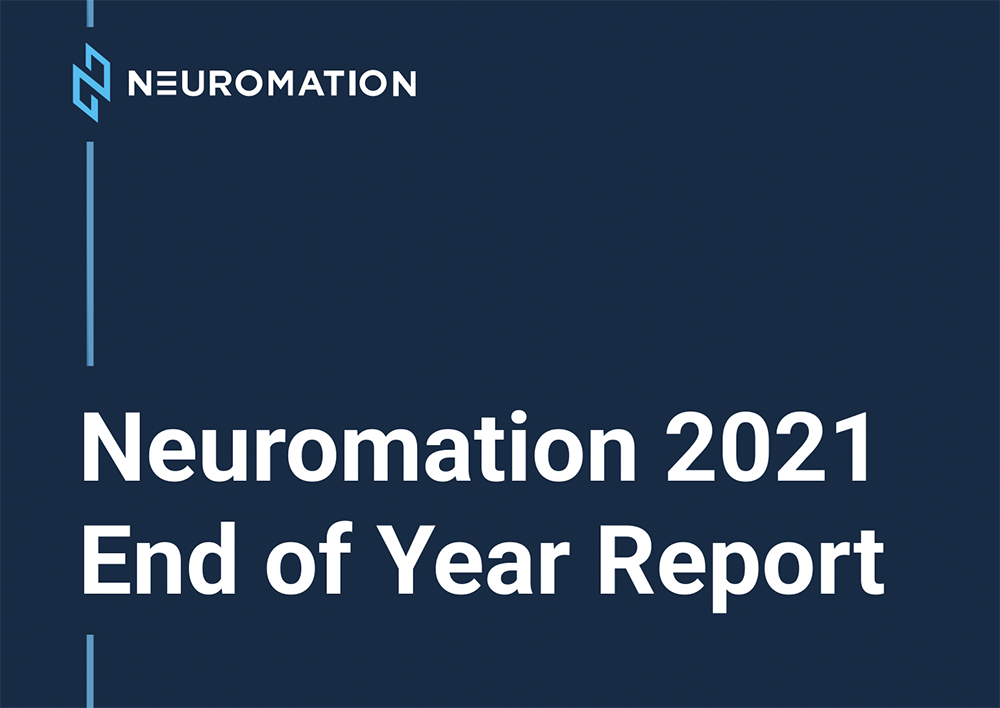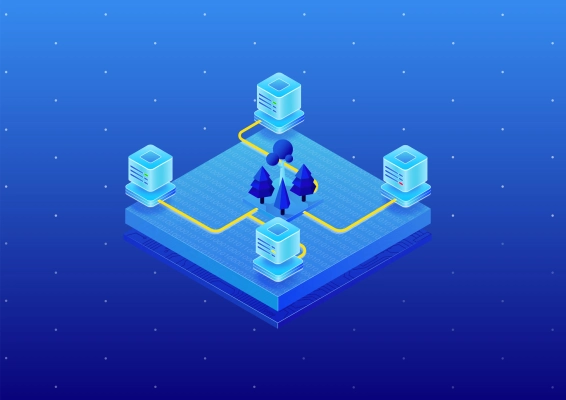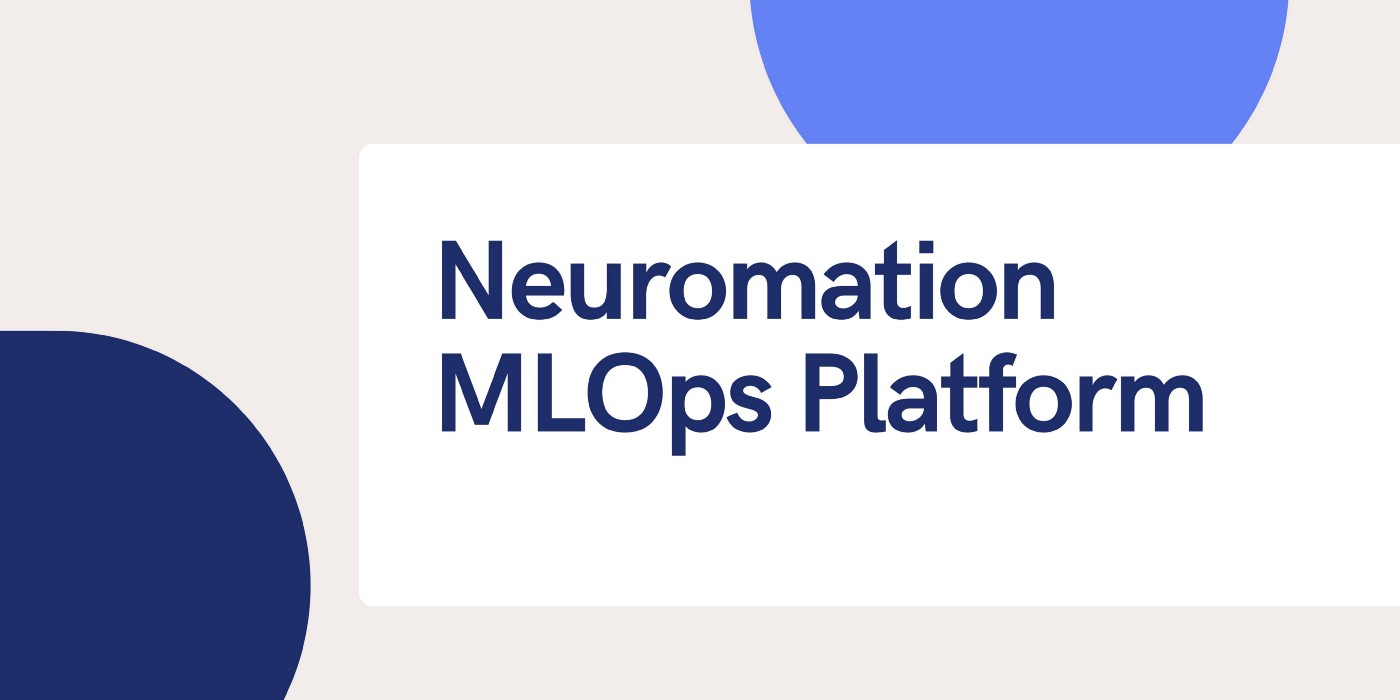
Neuromation is pleased to announce the launch of its MLOps / Deep Learning Platform to a global audience today.
In a recent article titled, Walking in the Valley of Giants, we laid out the business case for the Neuromation MLOps / Deep Learning platform and how it relates to the NTK token, which is the currency of the Neuromation ecosystem.
With this article, we intend to go into a bit more detail about the functionality of the Neuromation Platform and where we see it fitting into the MLOps / Deep Learning arena and also describe some of the benefits Neuromation brings to the MLOPs / Deep Learning space as a whole.
MLOps
For Machine Learning Operations, or MLOps as it is more commonly known, the Neuromation platform offers a complete set of software development tools which the data scientist can employ to maximise the accuracy and results of their run-time on the platform. The data-scientist using the system provides labelled and / or structured data-sets as the raw data being analyzed by the platform in accordance with MLOps algorithm that has been developed to carry out the task, the Neuromation platform then runs the job using its massive computing power providing the data scientist with the conclusions required in record time.
It is also worth noting that Neuromation has designed the platform to automate much of the tedious initial set up activities that usually need to be applied manually by the scientist, this can save several hours at the beginning of the process allowing the user to reach the required results much more quickly and thus spend more time working on conclusions and analysis of results rather than job preparation.
In order to demonstrate the functionality and ease of use of the Neuromation platform as the preferred partner in the MLOps space we have prepared the following short video in which a leading data scientist, Dima Lituev, uses the platform to run an MLOps exercise in which structured data sets representing bone density in children form the raw data on which Dima runs an MLOps pipeline to reach specific conclusions and analysis based upon the data submitted to the Neuromation platform.
Deep Learning
At Neuromation, we see Deep Learning as the subdiscipline of AI that will see the most explosive growth over the next few years. In fact, the signs of this massive growth are already obvious. For example, in 2018 the deep learning market was valued at approximately US$3bn while the latest numbers for the current year would suggest a market size of around US$15.5bn for 2021.
Research Organisation Time Period CAGR Market size final year
Verified Market Research 2018–2026 41.50% 2026 : US$26.64bn
Acumen Research 2019–2026 51.10% 2026 : US$54.6bn
Market Research Future 2018 -2023 30.87% 2023: US$17.4bn
Markets and Markets 2018–2023 41.70% 2023: US$18.6bn
Grand View Research 2017–2025 52.10% 2025: US$10.2bn
BCC Research 2020–2025 37.50% 2025: US$60.5bn
Emergen Research 2021–2028 39.10% 2028: US$93.3bn
Research & Markets 2020–2027 39.20% 2027: US$44.3bn
Looking at the forecasts above it is clear that the 8 independent research organisations displayed in the list all violently disagree with one another on their expected growth rate for the Deep Learning market and in their forecasts totals for the final year of the term in question.
Disagree, yes, except for one major point where there is unanimous agreement and that is that we are in the early stages of explosive growth in the Deep Learning space. The worst forecast for CAGR over a multi-year period is 30.87% while the best is 52.10%. It is worth noting that the older reports somewhat underestimated the uptake of Deep Learning, with forecasts created more recently showing a much larger market size at the end of their forecast period. If those more recent reports have also under-estimated the market size then we could easily see the Deep Learning market reporting a global market size well above US$100bn during the current decade.
There are a huge number of factors driving the take up of Deep Learning as a key foundation of both product development and the creation of services that give the manufacturer or provider a market advantage. At the heart of the process lies the vast amount of unstructured and unlabelled data that is created by today’s business models. A good example is connected devices, usually referred to as the Internet of Things. A recent report from Cisco Systems expects that by the end of 2021 there will be 27.1bn connected devices globally with 127 new devices connected every second. All of these devices are involved in a 2 way communication producing enormous amounts of data on all aspects of the user’s relationship with the device and their user characteristics. This massive flow of information is by nature unstructured and unlabelled and so is not of much use to current Machine Learning systems where the key assumption is that the underlying data is both structured and labelled. It is thus quite apparent that which ever corporation is able to manage this massive flow of unstructured data and produce real conclusions across the entire data field will have a huge market advantage vis a vis their competition as they will know exactly how their products are being used giving them key insights on how to build better products and services that consumers will want to buy.
In much the same way companies involved in cutting edge technologies for which there is little or no competition need to bring in raw data from multiple sources outside their business sector when they are working on proof of concept and design. In this case that data, as well as being unstructured and unlabelled will also be, in many cases, be completely unfamiliar as it was produced from other business sectors in which the developer has little experience. It is the job of Deep Learning to take this data and produce conclusions based upon the entirety of the data itself using multi-step data interpretation scenarios in a neural network that in effect mimics the operating characteristics of a very intelligent human brain.
At the heart of the Deep Learning process lie extremely complex algorithms that control data interpretation with each layer of the neural network assessing the data from a unique perspective drawing a conclusion and then passing the newly won knowledge onto the next layer where a further conclusion is made and so on until a final conclusion is reached. A key benefit of Deep Learning is that one can mix and match labelled data where greater understanding already exists with unlabelled, unstructured data allowing one to build upon known values and improve product and user experience for consumers and to do all of this completely unsupervised.
In 2020 a report by Gartner suggested that 80% of generic AI projects fail at the development stage in fact Gartner went even further stating “80% of AI projects will remain alchemy, run by wizards whose talents will not scale in the organisation.” Gartner further goes on to suggest a key reason for this very high failure rate is the marriage of unsuitable software development tools with the wrong hardware.
Neuromation absolutely agrees with Gartner here!
Over the last 3 ½ years the Neuromation team of computer engineers and scientists has spent a great deal of time and energy creating a solution to this key problem identified by Garther as a major issue in the AI space and then personalized it to pertain to the MLOps / Deep Learning sectors under the umbrella of the Neuromation platform.
Through the Neuromation platform we are able to provide data scientists, development engineers and all personnel involved with algorithm creation and its application to Deep Learning with a tailor made suite of software development tools that have been developed in house by Neuromation’s team of scientists and engineers to give data scientists the best possible route to a successful outcome for their own projects. In many cases projects fail because of a tiny development anomaly in the algorithm which is then magnified by extrapolation as the conclusions process through the neural network. The key here is to isolate the exact place in the deep learning process where the information flow went off at a tangent and hone in on this level to fine tune the algorithm to generate an improved result from the entire process. This can only be achieved if the scientist has access to the exact software tools required to handle the analysis process in real time while the Deep Learning process is underway. This is just one example of Neuromation at work but it is safe to say that with its computing power and complete suite of software tools Neuromation offers today’s data scientists and development engineers the best in class option to ensure the best possible result is achieved by their own project.
The entire Neuromation ecosystem runs on its own currency, the NTK token, of which there are just 78 million in circulation. In order to access the system a client must first acquire some NTK which can then be used to purchase the required computing time needed to run a project on the system. The NTK can be bought on one of the exchanges where we have a quote or from Neuromation directly, all direct purchases of NTK will be routed straight to the market creating a direct native demand for the NTK token.
Unlike others operating in the MLOps / Deep Learning space Neuromation does not charge any extra for the use of its suite of software development tools and indeed Neuromation has set its price point for access at a substantial discount to the market level to attract Deep Learning projects to the platform.
Conclusion
In conclusion then, with the launch of our platform, we have two major aims, to be the leading Deep Learning / MLOps solution provider in Europe, if not the world and to gain as a big a percentage as possible of that $100bn Deep Learning market that will be upon us in the coming years. As the Deep Learning market demonstrates its huge CAGR in the 30% — 50% range during this time Neuromation will be in pole position to see similar growth in its own ecosystem which will, over time, be reflected in demand for the NTK token.
Martin Birch
Kyiv, July 2021
About the author: Martin serves as the Non-Executive Chairman of The Neuromation Group and is the Managing Partner of Eastern Europe focused investment bank, Empire State Capital Partners.Neuromation
